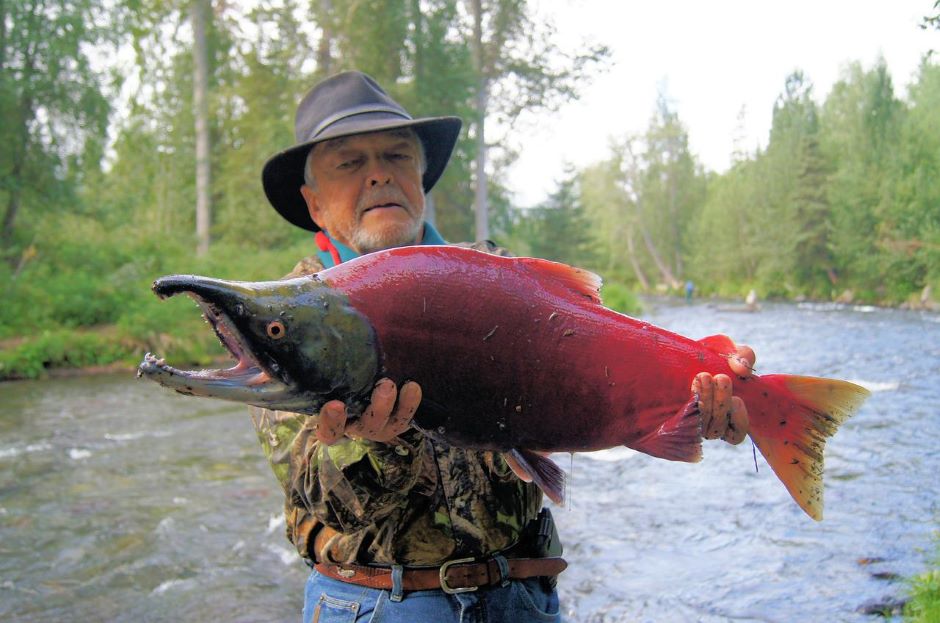Building Salmon Knowledge In Alaska
 (Credit: Barbara Jackson via Pixabay)
(Credit: Barbara Jackson via Pixabay)As Alaskan salmon populations continue to dwindle, local and state-led groups have started to take action against the losses in the form of educational programs that expand knowledge surrounding salmon. While much of the damage dealt against salmon results from climate change, educating the masses on the fish and their status may help bring attention to the issue. The generations benefitting from these programs can help inform future practices and protect the fish.
According to the USGS, there are seven species of Pacific salmon, “Five of them occur in North American waters: chinook, coho, chum, sockeye, and pink. Masu and amago salmon occur only in Asia.” Regardless of species, all salmon suffer from climate change impacting their health and migration patterns, making educational programs more critical.
Salmon in the Classroom Program
One of these programs is led by Alaska’s Department of Fish and Game. The ADF&G Salmon in the Classroom Program allows students to raise salmon from the egg to the fry stage in classroom incubators. The salmon involved in the study are coho salmon, and students have a chance to observe their habitat needs and how to utilize salmon as a resource respectfully.
The program begins in September and October and takes several months to complete. The program starts when 250 coho salmon eggs are collected and fertilized during a field trip to a local waterway. The eggs are then collected and incubated in the classroom over several months.
After hatching, the fry are cared for until the end of the school year, wherein the spawn are released or destroyed. The permit for the project indicates a specific landlocked lake into which the fry may be released.
Though the program only supplies coho salmon eggs, the information paired with the project educates students on the multiple other types of pacific salmon. The program allows students to understand Alaska’s most popular catches and places importance on protecting salmon.
Salmon Advocacy Groups
Other lesson plans and programs are run by local and advocacy groups or inter-state educational institutions. The Wild Salmon Center, the State of Alaska’s Salmon and People, and the University of Wisconsin are all examples of these programs. Standing apart from the state-led program, these outside groups focus more on the cultural aspect of protecting Alaskan salmon.
Salmon are a large part of indigenous groups’ cultural practices and food security, making the species irreplaceable. Outside of native groups, people from across the globe enjoy salmon from Alaska and will travel all the way to Bristol Bay in order to fish from the most productive salmon fishery in the world.
Conclusion
While it may seem like these educational programs will do little to help secure salmon populations, these programs aim to increase knowledge and understanding to encourage future change. Salmon are an important resource that cannot be easily replaced, especially if populations continue to decrease at current rates.
There is still hope for the future, though. As knowledge surrounding climate change and harm done to native species becomes more widespread, the hope of creating actionable steps to protect salmon will become more tangible.


0 comments